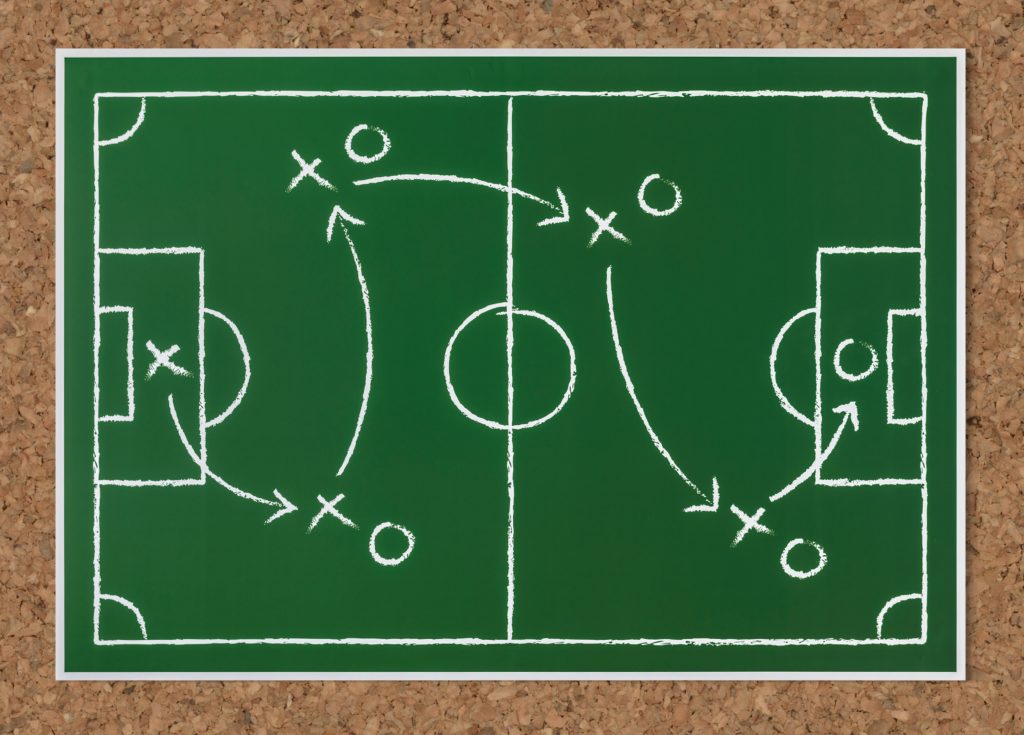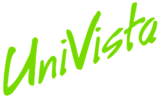

Now that you know what EOL (end of life) means, let’s discuss what that means to your business. Previously mentioned in The Ping: End of Life, allowing end of life software on your network can leave you susceptible to malware and allow your company software to lose the ability to obtain updates and upgrades on either a server or desktop platform.

Server 2008
With Server 2008’s end of life on the horizon, planning for replacement has never been more important. When your server no longer receives upgrades and updates, it becomes more vulnerable on a daily basis to new malware and attacks. The purpose of some of these updates are to put protective measures in place for these new types of attacks. Unfortunately, hackers don’t sit still, so when new updates block their strategy of gaining access to your network, they start to work on new and improved ways to gain access.
Your servers also host the company software that runs your critical business functions, such as Accounting, Inventory, and Customer Management applications. Most software will discontinue updates and upgrades due to the resources it takes to continue to support the older platform they’re running on. If they do continue to run, the performance usually takes a hit. Which means your company as a whole can slow down. For most industries, that is not an affordable option.
There are multiple instances where failing to upgrade the servers have costed not only private sector companies but even government municipalities and cities to go completely offline due to attacks. Recently, the city of Baltimore was attacked by the RobbinHood Ransomware and taken offline. In a recent NPR article they interviewed Avi Rubin, a Johns Hopkins computer science professor who stated, “Those weak links are often preventable vulnerabilities like old hardware and old software, both of which Baltimore was using.”
Baltimore isn’t even the only city to have been hit by ransomware in the last month—Lynn, Massachusetts and Cartersville, Georgia both had electronic payment systems taken offline by ransomware this month. Greenville, North Carolina was struck by the same RobbinHood ransomware affecting Baltimore in April.
Windows 7
While servers may host your company software, your desktops are how your employees interact with your servers and network. Make no mistake, the importance of keeping these up-to-date and patched is just as important. Within the same operating system there are various builds that are constantly released to keep no only your computer, but also your cyber security, up to date.
With these EOL dates right around the corner, the time to act is now. Migrating to a new server takes planning for your company and your trusted team at UniVista. This project needs to be planned and carefully executed. With every server upgrade, each desktop on the network needs to be updated and reconnected. If you choose to try and maintain your current Server 2008, only backups will be available to you for recovery. “However,” [Rubin] said, “the city of Baltimore, like many local governments, was not at all prepared for something like this. And if it’s never happened, it’s only natural to say, ‘well, this type of thing has never happened before, so why should we spend a lot of money on it?’
Hesitant?
Are you hesitant? Maybe you think that these EOL dates are going to be extended at the last minute? Or you are worried about the business interruption or concerned about cost? We’ve been addressing our customers’ questions and concerns like this for the last 2-3 years regarding this EOL date. We KNOW it’s a big one. We’re prepared and ready to help you through it. UniVista account managers are working with all our customers to estimate and schedule these EOL projects as quickly as possible. Don’t get caught with EOL software and a compromised security system by scheduling your project now.
And, as an FYI, the next Microsoft EOL product is Windows Server 2012, scheduled to end support 10/23/2023.
Your UniVista Team
*Celebrating 20 Years of Customer Satisfaction*

